Tank Mates for Electric Blue Rams: Did you know electric blue rams live for 3 to 4 years? Since they were first seen in 2009, these beautiful fish are loved by many. They are calm compared to other cichlids but can be a bit territorial.
When picking friends for your electric blue rams, you should look at their nature, size, and if they can get along. A 20-gallon tank is the smallest you should use for them. Yet, it’s better if they have a 30 to 40-gallon home. With the right planning, their need for space won’t cause any trouble. You can have a happy tank full of different fish.
Electric blue rams like their water still and warm, with a bit of acid. Keep the water from 76 to 86 degrees Fahrenheit, 82 degrees being perfect. Aim for a pH level from 6.0 to 7.5. Testing the water often is key to keeping these fish healthy. It helps keep their environment just right.
Table of Contents
Key Takeaways:
- Electric blue rams are peaceful cichlids with an average lifespan of 3-4 years
- A minimum tank size of 20 gallons is recommended for a pair, with 30-40 gallons being ideal
- Maintain water temperature between 76-86°F and pH levels between 6.0-7.5
- Choose tank mates carefully based on temperament, size, and compatibility
- Provide stable water conditions and monitor regularly to ensure a healthy environment
Understanding Electric Blue Ram Requirements
Thinking about adding an electric blue ram to your tank? It’s vital to know what they need for a healthy life. These dwarf cichlids have special demands. Such as the right water conditions, the size of the tank, and the type of fish they can live with.
Ideal Water Parameters for Electric Blue Rams
Electric blue rams do best in warm and slightly acidic water. The temperature should be between 76-86°F, but around 82°F is perfect. They like a pH of 6.0 to 7.5, which is more on the acidic side. Keep the water relatively soft, up to 10 KH, for these sensitive fish.
Electric Blue Ram Size and Tank Size Considerations
At full size, electric blue rams are about 1.5 inches long, but can sometimes grow to almost 3 inches. Even though they are tiny, they need room to swim and hiding places. A 20-gallon tank is enough for a pair of rams. But if you have more, like two pairs, you’ll need at least a 40-gallon tank. This helps reduce fights over space.
| Number of Electric Blue Ram Pairs | Minimum Tank Size |
|---|---|
| 1 pair | 20 gallons |
| 2 pairs | 40 gallons |
Temperament and Behavior of Electric Blue Rams
Electric blue rams are usually calm and can live with other friendly fish. Yet, they guard their area, especially when breeding. To keep peace, a big tank with lots of hiding places is crucial.
These fish have impressively long fins. Their dorsal fin, from the gills to near the tail, is quite spiky. And their side fins are sharp too, making them look really elegant.
When setting up your tank for electric blue rams, remember these tips:
- Keep the water conditions steady within the right ranges
- Make sure the tank is big enough for the rams you have
- Choose other fish that get along and need similar care
- Have plenty of plants and hiding spaces in the tank
With the right care, electric blue rams can thrive. They’ll add beauty and energy to your tank with their stunning colors and quirky behaviors.
Importance of Peaceful Community Fish
When you have electric blue rams, choosing the right tank mates is crucial. Peaceful community fish that match their nature and needs are vital. This selection ensures your aquarium stays peaceful and your electric blue rams are stress-free. Doing your homework on compatible tank mates helps avoid fights and keeps your rams healthy.
It’s key to keep aggressive or nippy fish away from your electric blue rams. Fish like convict cichlids or mature angelfish might bully them. This bullying can stress or hurt your rams. Also, fish that nip at fins, like tiger barbs, can harm your rams, leading to health problems.
Choose tank mates for your rams that have a similar vibe and like the same water. Cardinal, rummynose, and ember tetras are good choices because they are peaceful. They won’t fight over food or attack. You could also try adding other dwarf cichlids, but make sure the tank has enough space and hiding spots for all.
| Compatible Tank Mates | InCompatible Tank Mates |
|---|---|
| Cardinal Tetras | Convict Cichlids |
| Rummynose Tetras | Mature Angelfish |
| Ember Tetras | Tiger Barbs |
| Bolivian Rams | Serpae Tetras |
| Peaceful Apistogramma species | Aggressive Cichlids |
Picking the right friends for your electric blue rams and keeping out mean fish makes for a happy tank. They’ll be healthier and show their best colors in a chill space. A peaceful home boosts their well-being, making them a joy to watch in your aquarium.
Tank Mates for Electric Blue Rams
Choosing friends for electric blue rams is key. You want fish that are calm, get along, and need the same water. Avoid bullies or those too fast for the rams to eat. The right mix makes for a happy tank.
Tetras as Suitable Tank Mates
Tetras are a good fit for the rams because they’re chill and like similar water. Cardinal tetras aren’t overly busy, fitting nicely with the rams. Rummynose tetras are okay too, just be sure they’re not too tiny for big angelfish. Ember tetras, bright and peaceful, make a cool color combo with the rams.
Pencilfish as Potential Tank Mates
Pencilfish might work with the blue rams, although they could be too lively. Do your homework on pencilfish types to see if they match the rams’ vibe.
Other Peaceful Cichlids to Consider
Besides tetras and pencilfish, there are cichlids that can hang with the rams. Apistogramma, for instance, is colorful and mild. Bolivian rams, a dwarf kind, do well if there’s enough room and places to hide.
Someone found success mixing Electric Blue Rams with Cardinals, espei’s, otos, phantoms, and so on. They suggested just three rams for a 60-gallon to keep it good. Big tanks and space are big deals when choosing friends for these rams.
| Tank Mate | Compatibility | Key Considerations |
|---|---|---|
| Cardinal Tetras | High | Peaceful, not very active, less likely to outcompete for food |
| Rummynose Tetras | Moderate | Ensure they are not too small to avoid being seen as prey |
| Ember Tetras | High | Peaceful, vibrant coloration, compatible with electric blue rams |
| Apistogramma | High | Peaceful cichlids, provide ample space and territories |
| Bolivian Rams | High | Peaceful dwarf cichlids, provide hiding spots and distinct territories |
Don’t forget the tank size when picking rams’ friends. One pair needs 20 gallons, two pairs need 40. Be smart about how many rams you put in your tank, especially smaller ones. Set up your tank right with enough space, places to hide, and clear boundaries. This makes a happy, healthy tank.
Fish to Avoid Housing with Electric Blue Rams

When you pick friends for your electric blue rams, avoid bullies. They can stress or even hurt these calm fish. Don’t put them with quick or pushy fish to avoid fights over food. Think carefully to keep the peace in your tank.
Aggressive Cichlid Species
Avoid big, bossy cichlids like convict cichlids or grown angelfish with your electric blue rams. These cichlids might bother or wound the rams, making them sick with worry. Especially watch out for angelfish, they can get pretty big and might hunt smaller fish.
Fin Nippers and Fast-Moving Fish
Be careful of fish that like to nip, such as serpae tetras, black skirt tetras, and tiger barbs. They can stress your rams out, which might lead to health problems. Fish that zip around quickly, like danios, could also be a problem. They might eat all the food before the rams get a chance, making for a rough living situation.
| Incompatible Fish | Reasons to Avoid |
|---|---|
| Convict Cichlids | Aggressive behavior, may harass or injure electric blue rams |
| Mature Angelfish | Can grow large and view smaller tank mates as prey |
| Serpae Tetras | Fin nipping behavior, can cause stress and damage to delicate fins |
| Black Skirt Tetras | Nippy behavior, may target electric blue rams’ long fins |
| Tiger Barbs | Aggressive fin nippers, can cause significant stress |
| Danios | Fast-moving and active, may outcompete electric blue rams for food |
When you design your fish community, study which ones get along with electric blue rams. Choose calm, similar-sized fish that need the same water conditions. This will make a happy home for your rams. A 60-liter tank forum suggests small tetras as a good choice to keep peace.
Creating a Balanced Community Aquarium
Setting up a community tank for electric blue rams needs balance. It’s vital to have the right tank size and fish numbers. A 20-gallon tank is good for one pair. But, two pairs need a 40-gallon tank, so they each have their space.
Having too many fish can cause fights, bad water, and stress. So, think hard about how many fish your tank can hold. This makes your aquarium a better place for all its residents.
Adding hiding spots and territories is important too. Use things like driftwood, rocks, and plants to separate areas. This makes fish less likely to fight. They can claim their own spots in the tank.
Maintaining Proper Tank Size and Stocking Levels
For electric blue rams, the tank should be big enough for everyone. Males can be over 7 cm long, with females a bit smaller. They shouldn’t be in anything less than 75 L (20 gallons). More space is better because it keeps the water cleaner.
One pair of these fish can be in a 20-gallon tank. But, if you have two pairs, they’ll need a 40-gallon tank. This way, there’s enough room for all.
Don’t crowd the tank with too many fish. Blue rams can be fine alone or with certain friends. If you choose tank mates, pick ones that are calm. For example, fish like cardinal tetras or neon tetras are good with blue rams. You can also keep them with friendly types like angelfish, tetras, corys, and apistos. They live well together.
Providing Ample Hiding Spots and Territories
A good aquascape gives electric blue rams places to hide and claim as their own. Use natural decorations to divide the tank. This makes the tank look great and stops fights by giving each fish a spot they can call theirs.
Choose plants that like the same water as your fish. German blue rams enjoy soft, acidic water. And they like it warm, between 25.5-29.5 ºC (78-85 ºF). Plants such as Java fern, Anubias, and Amazon sword are perfect. They offer shelter and hide spots that match what electric blue rams like.
Driftwood and rocks can also create spaces for your fish. They make good hiding spots and help fish know where their area is. This way, every fish can feel safe and have its own place in the tank.
With the right tank size, the right number of fish, and plenty of places for fish to hide and claim, you create a great home for electric blue rams and their friends. This makes a calm and happy place for all fish in the aquarium.
The Role of Aquascaping in Reducing Aggression
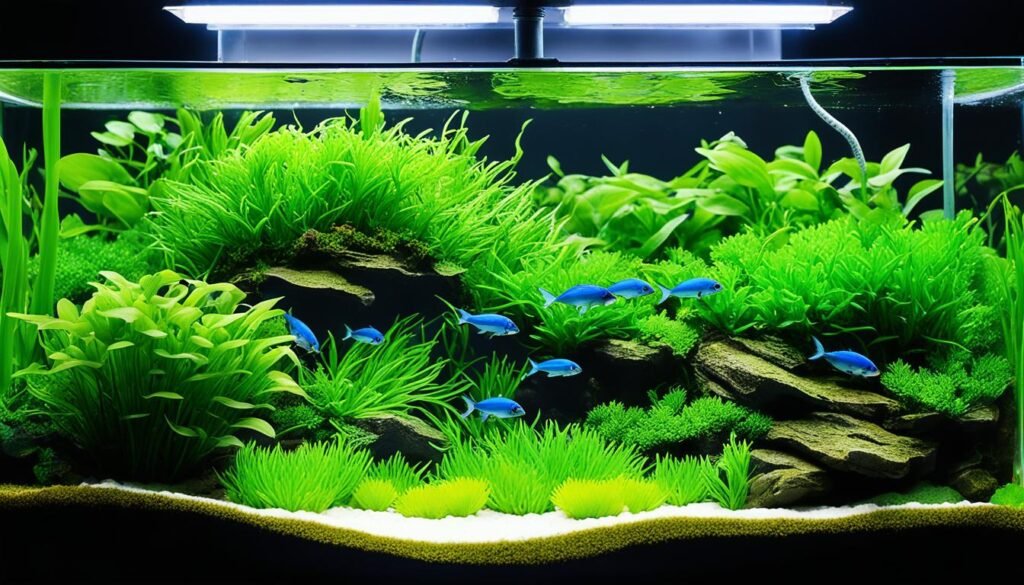
Aquascaping is key to making a calm home for electric blue rams and other fish friends. It uses natural barriers to cut down on fights in the fish tank.
Adding lots of different plants can make a safe, private space for the electric blue rams. Amazon swords, java fern, anubias, and water wisteria are great picks. They give the fish places to hide and make borders, stopping fights before they start.
Live plants aren’t the only option for hiding and marking territories. Driftwood, rocks, and caves work well too. They break up the open space and give fish more places to feel secure, keeping stress low.
When you set up your tank, think about what the electric blue rams need. They like it warm (78-82°F), slightly acidic (pH 6.0-7.0), and soft water (5-10 dKH). Keep these conditions steady and design the tank well to keep the peace.
| Aquatic Plant | Benefits |
|---|---|
| Amazon Sword | Provides shelter and visual barriers |
| Java Fern | Creates hiding spots and territories |
| Anubias | Offers shelter and breaks line of sight |
| Water Wisteria | Densely planted for visual barriers |
Aquascaping does a lot to keep the peace, but it’s not magic. You need to watch how the fish act and adjust your setup as needed. This keeps the tank a happy place for all.
Creating a tank that’s good for the fish means using plants, shelters, and natural borders. It looks good and helps stop fighting. So, it’s a win-win for the fish and their owners.
Monitoring Behavior and Signs of Stress
Keeping an electric blue ram means you should watch how they act. This helps keep them happy and spot any issues quickly. Look out for aggressiveness, stress signs, and if they get along with others. Acting fast helps keep your aquarium a peaceful place.
Identifying Aggression and Compatibility Issues
It’s important to know about aggression and who gets along in your tank. Common signs of trouble include chasing or hiding too much. Since they came into the hobby in 2009, electric blue rams are not as easy to find as other kinds. They’re usually calm but might act out if the tank is too small or their tank mates don’t fit well.
Watching stress is key, too. Stress signs are loss of appetite, pale colors, tiredness, or hiding a lot. These fish live best in steady, clean tanks. Avoid new tanks for them. Electric blue rams usually live between three and four years. Giving them a good home is vital for a longer life.
Addressing Problems and Making Adjustments
If you see fighting or stress, act quickly. Change the tank’s look by adding more places to hide. This can lower fighting and make everyone feel safer.
Sometimes, moving aggressive fish to a new home is the best choice. When picking friends for your rams, think about size and attitude. They usually grow to about an inch and a half, some a bit more. Don’t house them with fish much bigger or that eat fast.
| Parameter | Optimal Range |
|---|---|
| Tank Size | 20-40 gallons |
| Water Temperature | 76-86°F (optimal around 82°F) |
| pH Levels | 6.0-7.5 |
| Water Hardness | Up to 10 KH |
Keeping the water just right is vital for your rams’ health. Test the water often and make adjustments as needed. Also, don’t be afraid to change the tank’s look or who lives in it to keep the peace.
Watch how your fish act, look out for trouble, and fix it quickly. This way, your aquarium will be a great place for your electric blue rams and their friends to live.
Conclusion
It’s key to pick the right friends for electric blue rams in your tank. Think about whether they’ll get along and the space they need. Avoid adding mean or nippy fish to their group. Also, make sure their home is just right. This means the water should be between 76 and 86 degrees Fahrenheit. The best temperature is 82 degrees. The water should also be slightly acidic with a pH of 6.0 to 7.5 and soft to medium hard, up to 10 KH.
For happy electric blue rams, they need the right amount of space. They do well in at least a 20-gallon tank. But, for a better living situation and less fighting, go bigger to 30-40 gallons. Some good friends for them are calm fish such as Dwarf Gourami, Neon Tetra, Rummy Nose Tetra, and Bronze Corydoras.
Watch your fish closely to make sure they’re all okay. Fix any problems fast to keep everyone healthy and happy. By choosing peaceful friends and setting up the tank just right, you can have a beautiful home for electric blue rams. This will make a wonderful, living picture in your home.
FAQ
What are the ideal water parameters for electric blue rams?
What is the minimum tank size for electric blue rams?
Are electric blue rams peaceful fish?
What are some suitable tank mates for electric blue rams?
Which fish should I avoid housing with electric blue rams?
How can I reduce aggression among electric blue rams and their tank mates?
What signs of stress should I look for in electric blue rams?
What should I do if compatibility issues arise in my electric blue ram tank?
References
The American Cichlid Association (ACA)British Cichlid Association
I am a passionate aquarist with over 30 years of hands-on experience in fishkeeping. My journey began at a young age, collecting fish from the wild and learning through experimentation. Specializing in tropical fish, I bring a deep understanding of the hobby to FishKeepingMadeSimple. The site provides honest, detailed reviews of essential products and accessories to help fellow enthusiasts create the best environments for their fish.

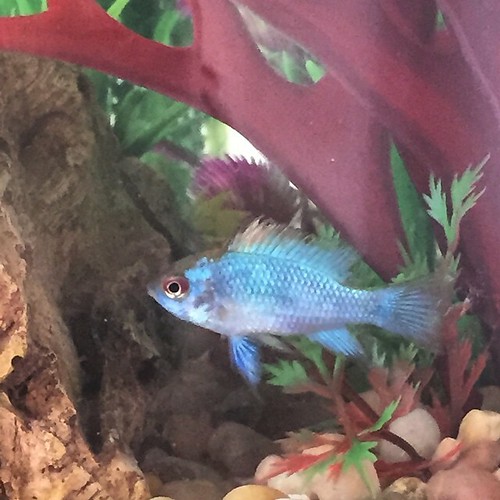
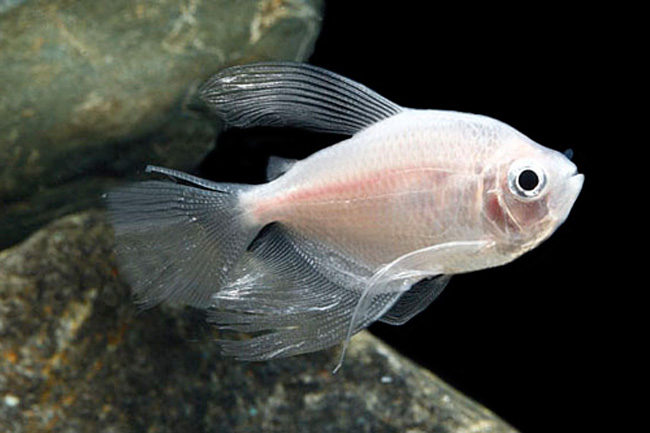
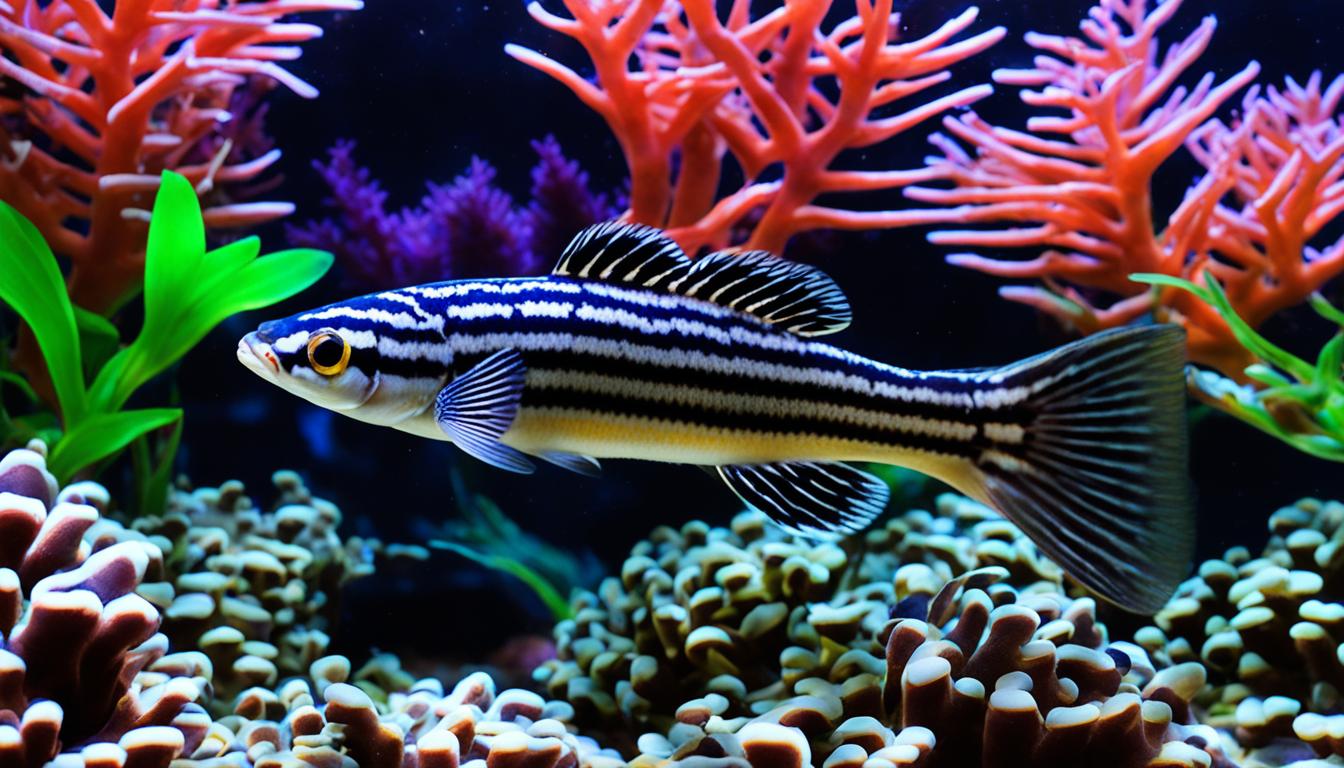


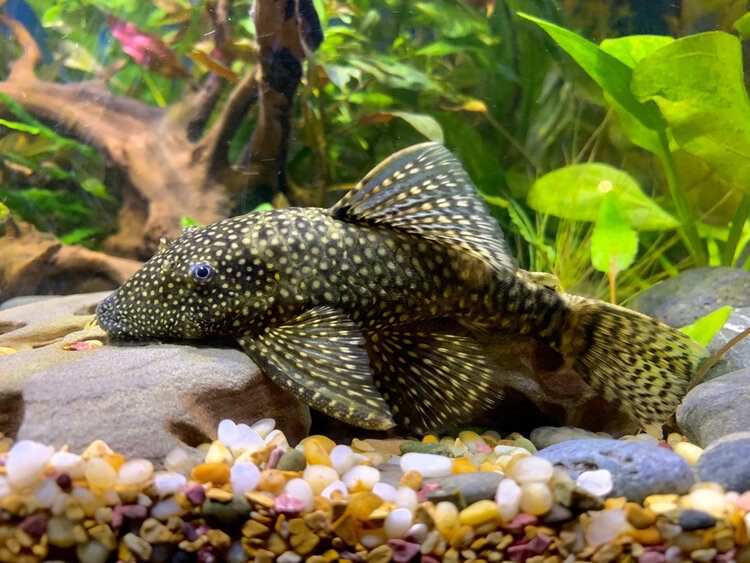

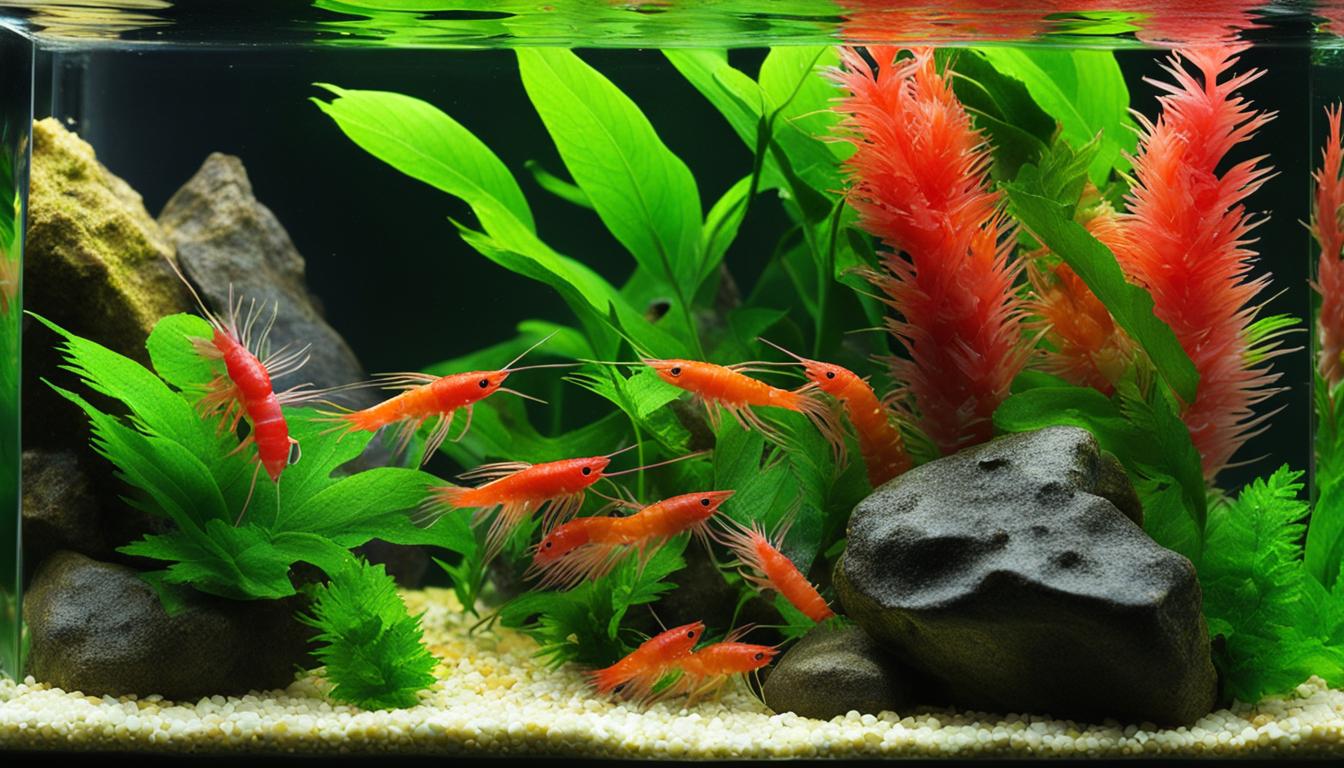

[…] cichlid to love. You have many choices like the regular, long fin, balloon, German blue, gold, or electric blue ram. Each adds its own beauty and charm to your […]
[…] get the right nutrients. They are usually peaceful but can be territorial when breeding. Choose tank mates that are also peaceful. Watch the fish to catch any aggression early on. German blue rams are known for their beautiful […]
[…] and cherry shrimp. However, it’s important to note that larger or aggressive fish, such as cichlids and bettas, may bully or attack plecos, leading to injuries or […]
[…] colorful tetras are peaceful but can be slightly aggressive when feeding, making it important to choose tank mates with […]
[…] known to be aggressive or diggers, as they may damage or uproot the dwarf grass. Examples include cichlids, goldfish, or certain types of […]
[…] the specific species of your pleco to determine their adult size and use that information to choose the appropriate tank […]